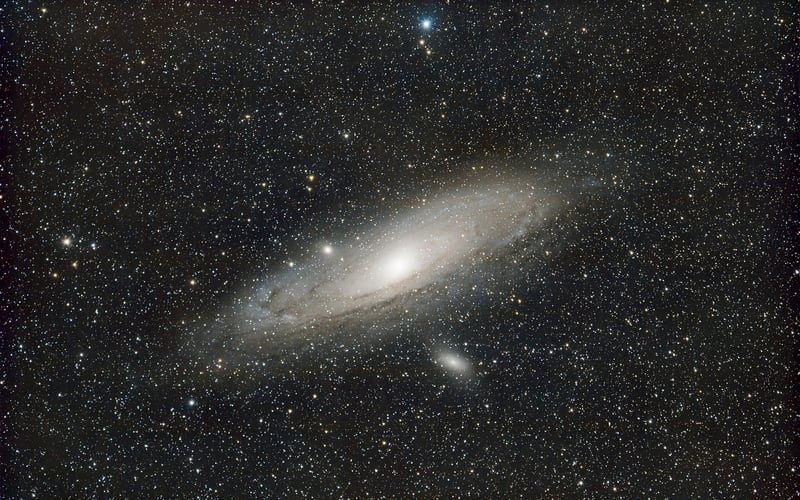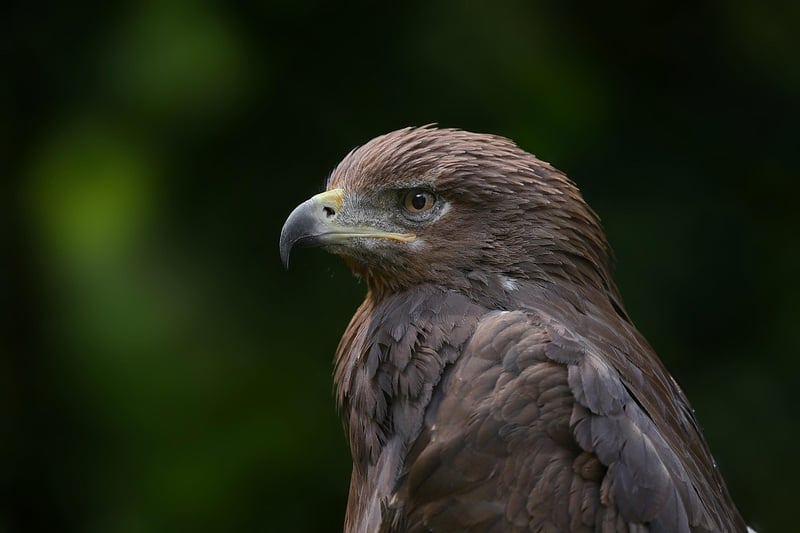Nebulae Exploration
Exploring the Wonders of the Universe: A Journey through Nebulae

Introduction to Nebulae
Nebulae, often referred to as the birthplaces of stars, are vast clouds of dust and gas scattered throughout the universe. These cosmic entities come in various shapes and sizes, each offering a unique glimpse into the mesmerizing beauty of space.
Types of Nebulae
- HII Regions: These nebulae are formed by the ionization of hydrogen gas by nearby hot stars, emitting a reddish glow.
- Reflection Nebulae: These nebulae reflect the light of nearby stars, appearing blue in color due to the scattering of light by dust particles.
- Planetary Nebulae: The outer layers of dying stars are expelled, creating beautiful, glowing shells of gas.
- Supernova Remnants: These nebulae are the aftermath of massive stellar explosions, showcasing the raw power of the universe.
Exploring Nebulae
Thanks to advancements in telescopic technology and space exploration, scientists and enthusiasts can now peer deep into the heart of nebulae, unraveling their mysteries and uncovering the secrets of the cosmos.
The Eagle Nebula (M16)

One of the most famous nebulae, the Eagle Nebula, located in the constellation Serpens, is known for its iconic "Pillars of Creation," massive columns of gas and dust where new stars are born.
The Orion Nebula (M42)

Visible to the naked eye in the Orion constellation, the Orion Nebula is a stellar nursery, hosting young stars surrounded by intricate patterns of gas and dust.
Conclusion
Nebulae stand as testaments to the awe-inspiring beauty and complexity of the universe. By studying these celestial wonders, we gain a deeper understanding of the processes that shape the cosmos and our place within it.
Embark on a journey through the vast expanse of space, where nebulae beckon with their enchanting displays and endless possibilities for discovery.
